Cell Phones Out of Class: Big Deal or Big Whoop? (Editorial)
More stories from Harry A. Wendelken
In today’s times, it’s not hard to find students on their phones within classrooms. In the hallways and cafeteria, however, they are still considered to be off-limits.
Smart phones are quite possibly some of the most amazing machines that have ever been invented. With the Internet, instantaneous communication, music, and pictures all accessible from the palm of your hand, it’s a small wonder that students want to glance at it repeatedly, even if they’re meant to be occupied with actual school work.
Over the years, the administration of CHS has seen this and taken it to heart. For many years, the policy was incredibly draconian: No phones, no how. Any phone seen by a teacher was to be an automatic reprimand, and a write up for the student possessing it, in what was hoped to be a major deterrent to the use of the technological distractions.
Of course, it didn’t work. The temptation to take a glance at your texts or Twitter was worth the risk of being caught. So many kids used them, and teachers were so indifferent that the rules became impossible to enforce.
And besides, as smartphones grew in popularity, so did their educational potential–useful apps for studying and planning your day, PowerSchool, and of course, cell phone calculators popped up across the app store. It was neither realistic or practical to maintain the old policy. The school took a radical shift in its policy: rather than enforce the rule of no phones schoolwide, they would merely uphold the old rules in the lunch room and hallways. Outside the halls? It would be left up to teachers.
The result of this current cell phone policy is the theoretical treatment of a kid on their phone varying widely across the school. Most teachers allow cell phones, even for non-school related reasons, within reasonable limits. There are a few who are a bit more strict in their dealings. More importantly is the nonsensical policy on cellphones in the hallways and lunch rooms. It doesn’t hurt anyone if students are on their phones while they’re eating, not learning. It’s possible that they may be sending a text and disturbing someone in class, but that’s equally possible from most classes.
Perhaps the administration understands how useless these rules are, which is why they’re rarely if ever enforced in the lunch room and hall ways. But why even keep these rules on the books? It seems like a no-brainer to this writer that a more consistent policy across the school would be better for students, teachers and the administration. Of the two possibilities, a more pro-cellphone one seems like the best one.
Everyone talks about how distracting phones can be, but really at the end of the day… just how bad are they? As long as a teacher is firm enough, most kids know where to draw the line on phones. Glancing at a phone for a few moments during a dull moment isn’t that much worse than what kids used to do; whispering, doodling or just day dreaming can be just as distracting.
If anything, the benefits can outweigh the negatives of a brief distraction. With things like RemindMe making sure students don’t forget about their homework, people get far more work in than ever before. PowerSchool is one of the most powerful tools we can use. I don’t know how many times I was surprised that I had an F in a class that I then knew I had to focus on to make up. Even the humble camera app is vital to take photos of your assignments due for the next day.
The downsides to letting people use their phones in the hallways are… well… few and far between. There’s the fear that they could send test answers to other students, but this happens regardless of whether or not cell phones are allowed at lunch.
Cell phones being banned from the hallways and cafeterias is a silly, outdated rule that only serves to clutter the rule book. It would just be simpler if we abolished the ban and allowed free use of cell phones in halls and cafeterias.
Disclaimer: Articles designated as “Editorial” represent the views and opinions of the author, not the 2015-2016 Periscope staff, CHS Administration, or the CHS student body.
Want to help the Herd? Please consider supporting the Periscope program. Your donation will support the student journalists of CHS and allow us to purchase equipment, send students to workshops/camps, and cover our annual website hosting costs.



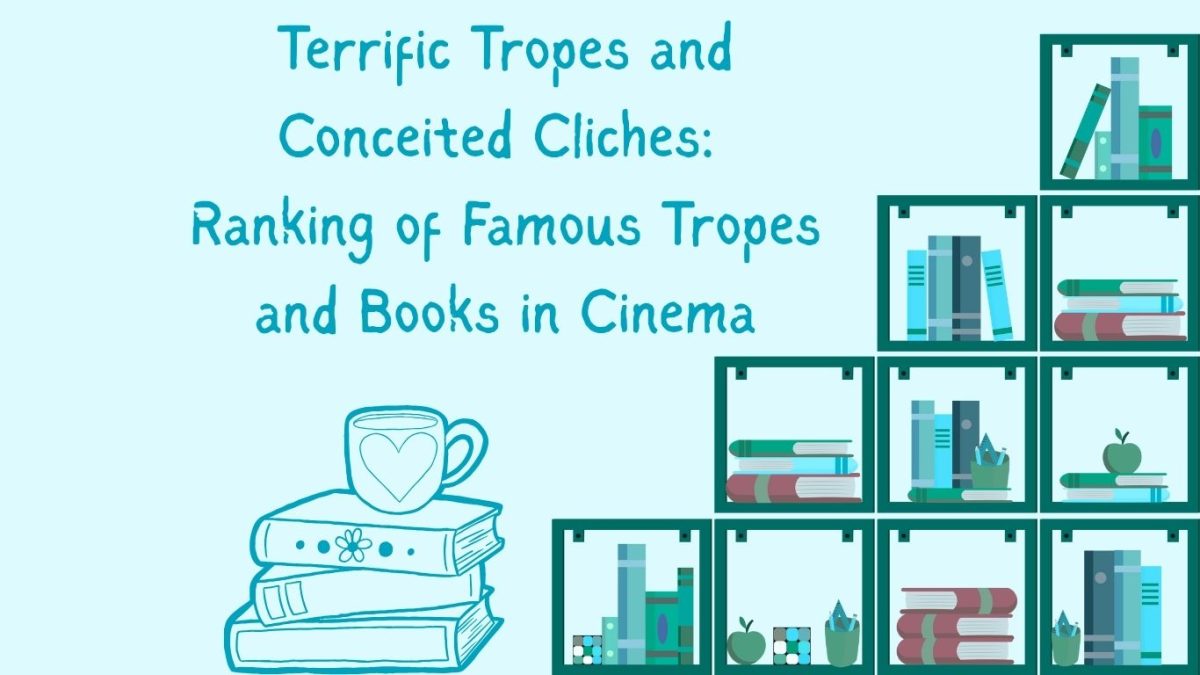

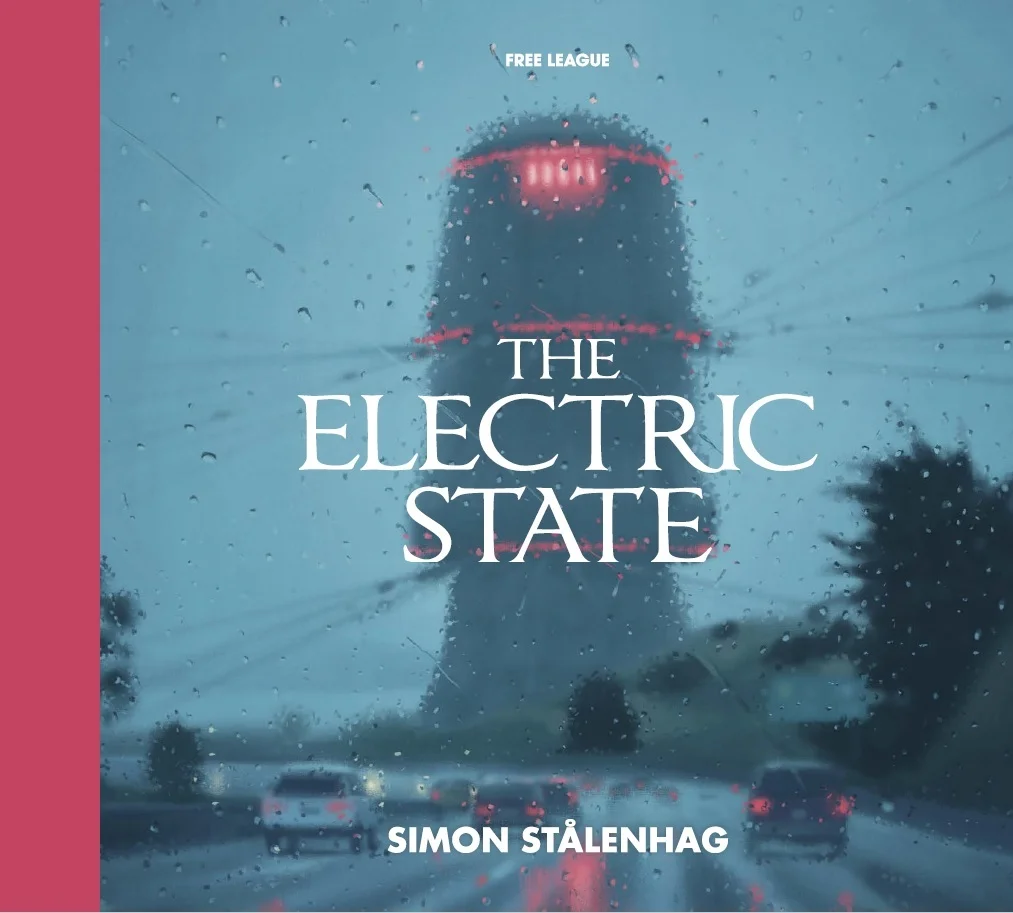

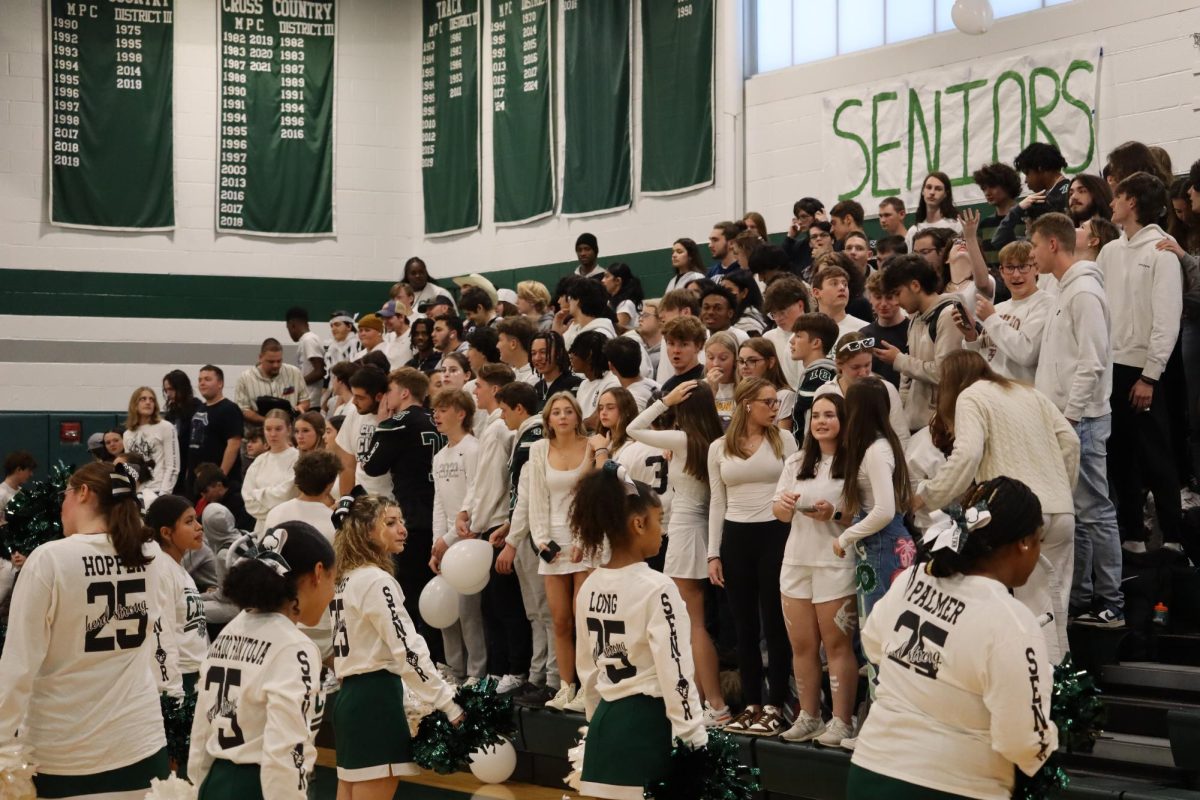


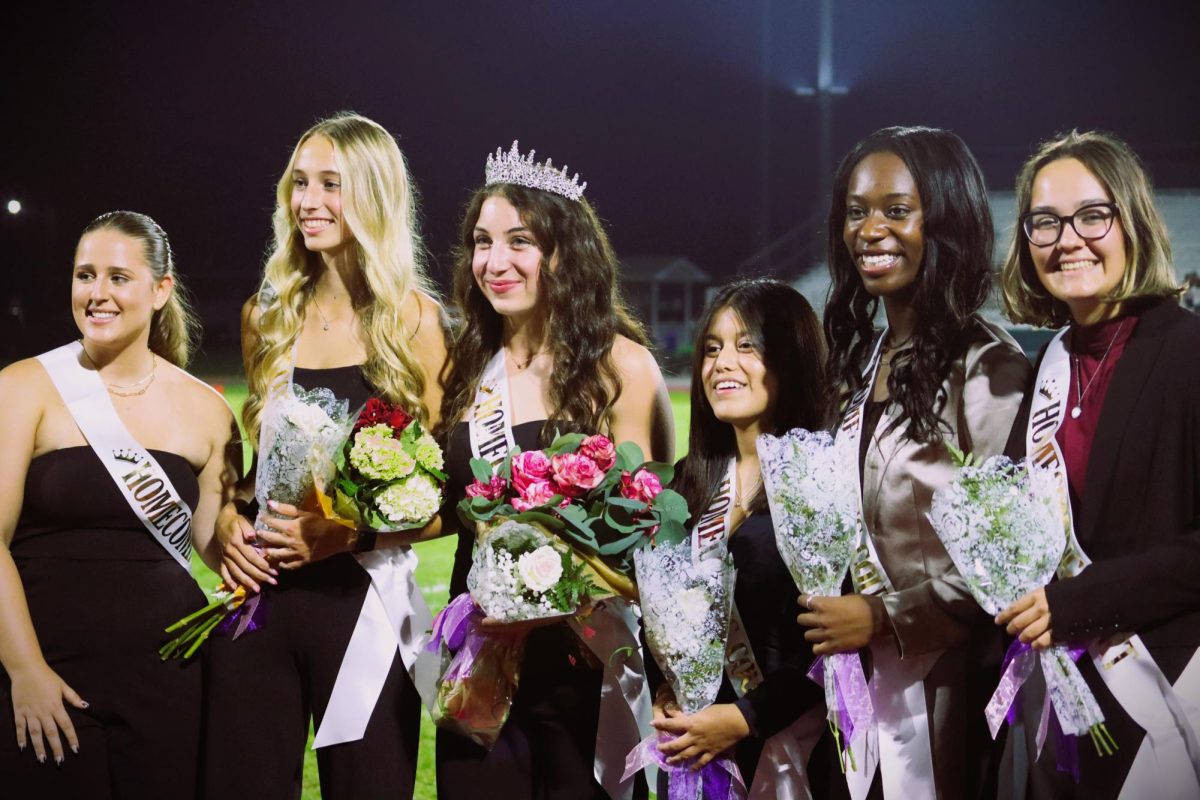

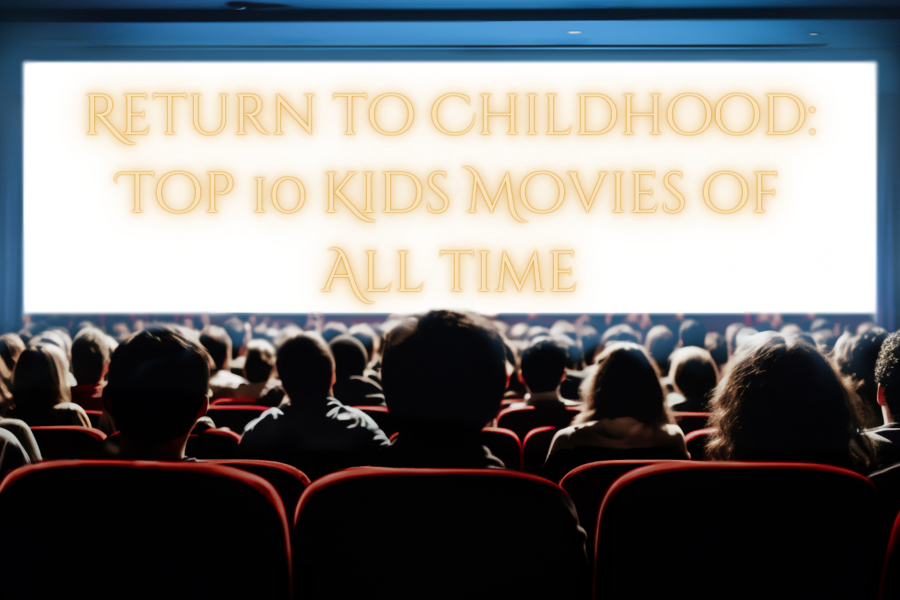



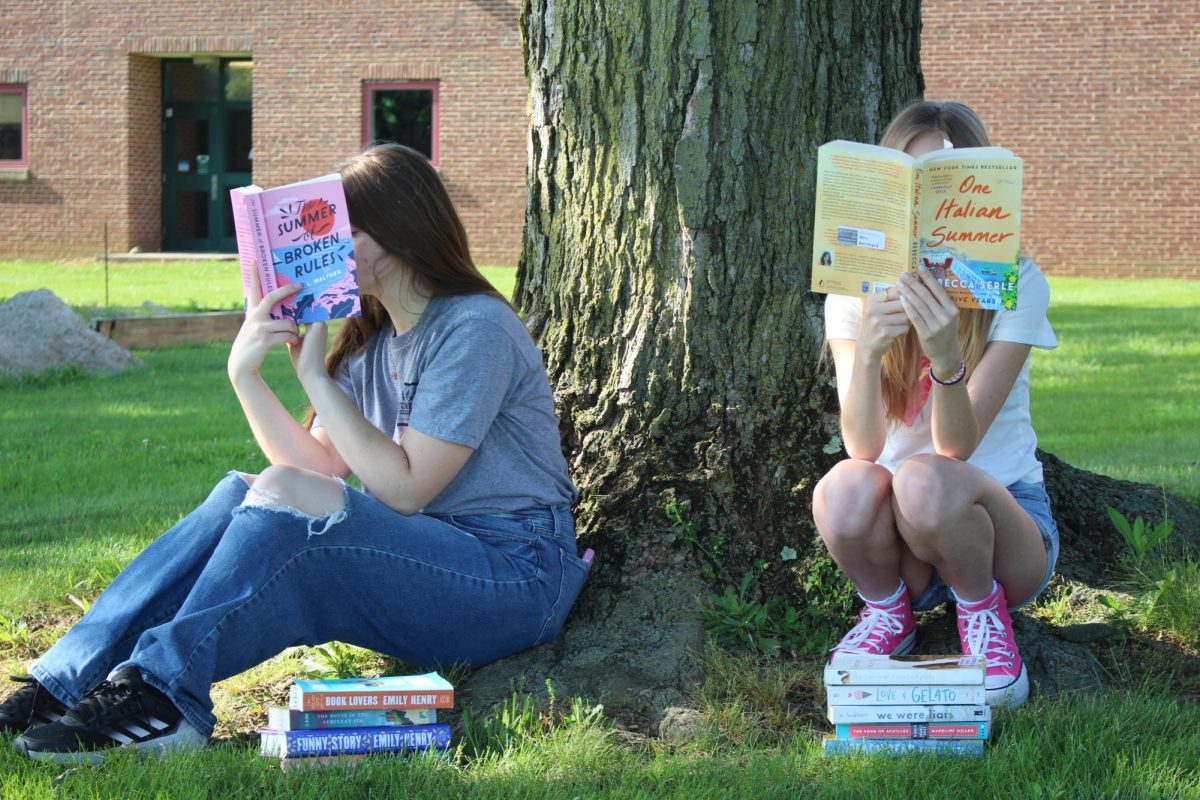

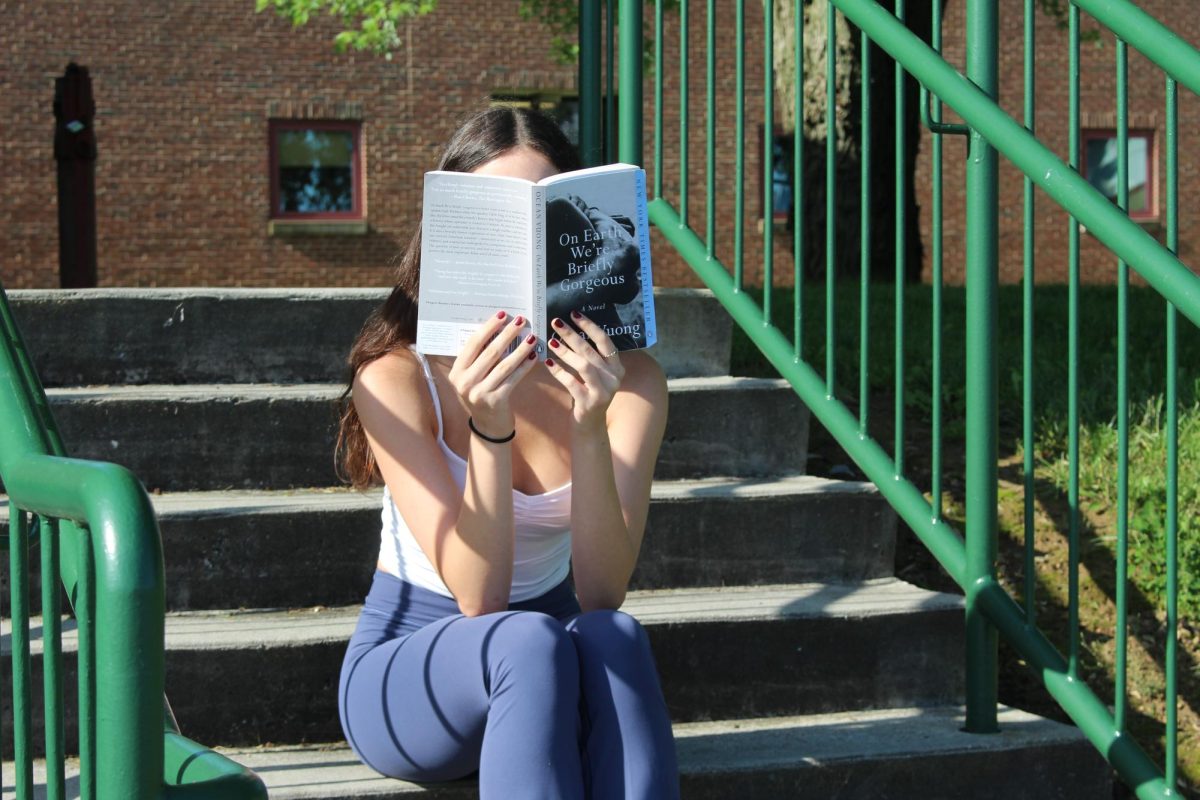
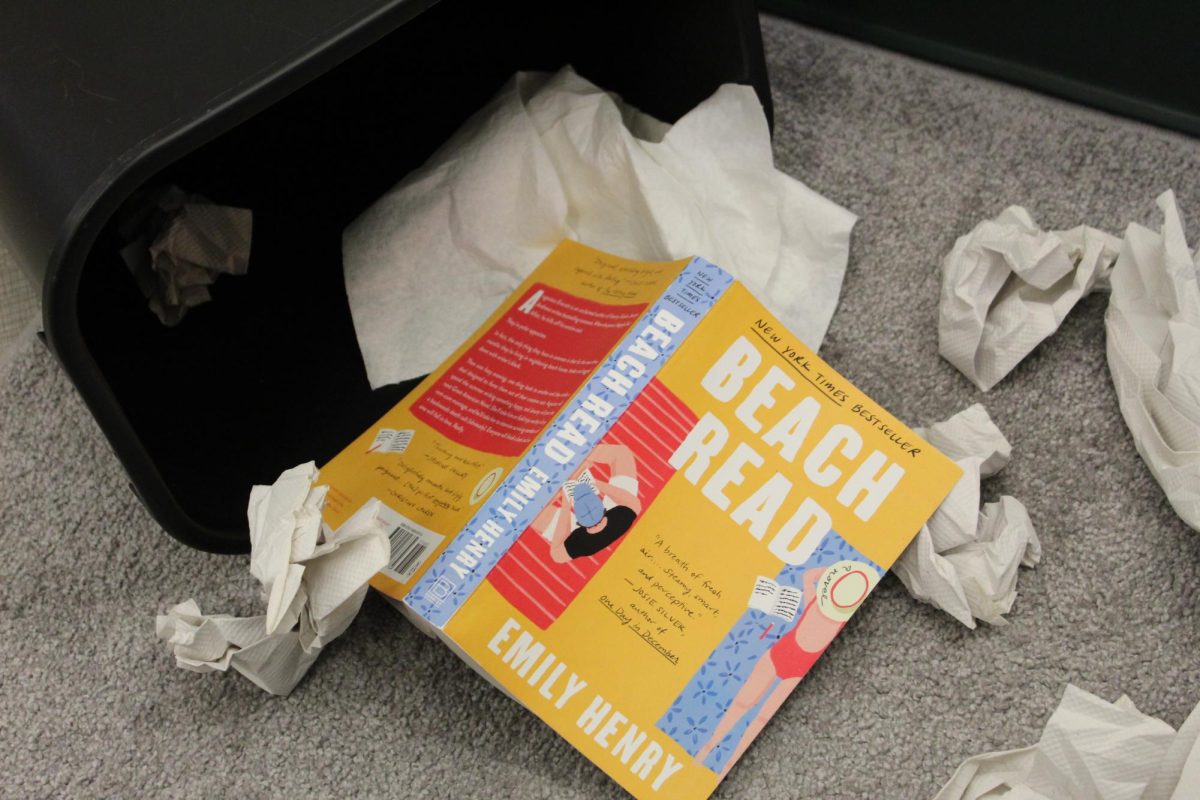
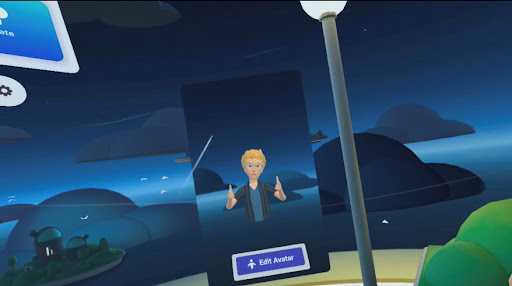
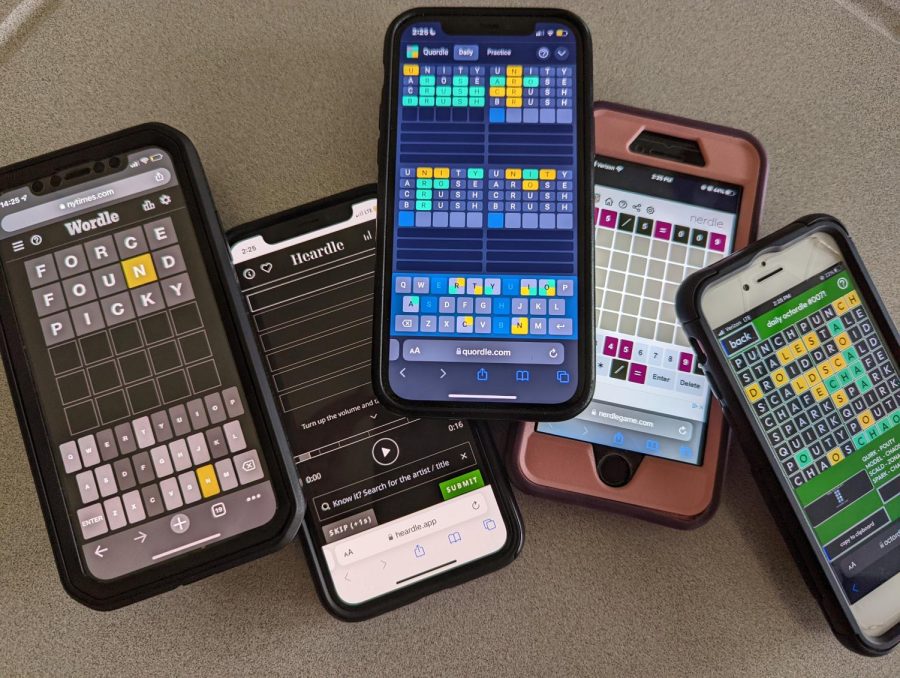


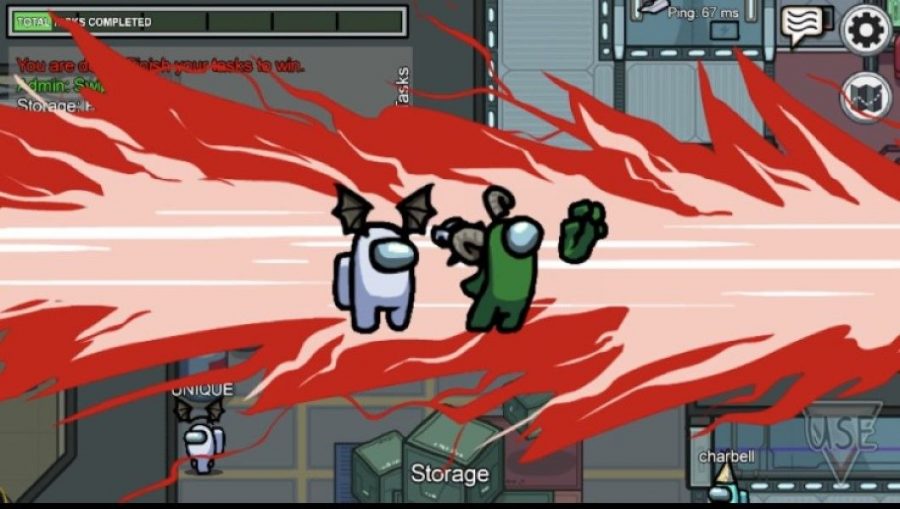


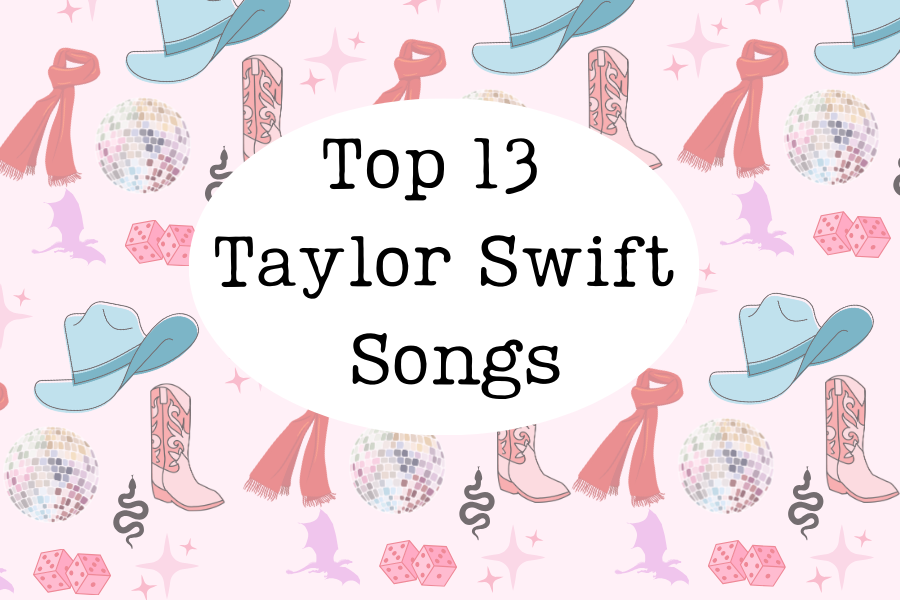

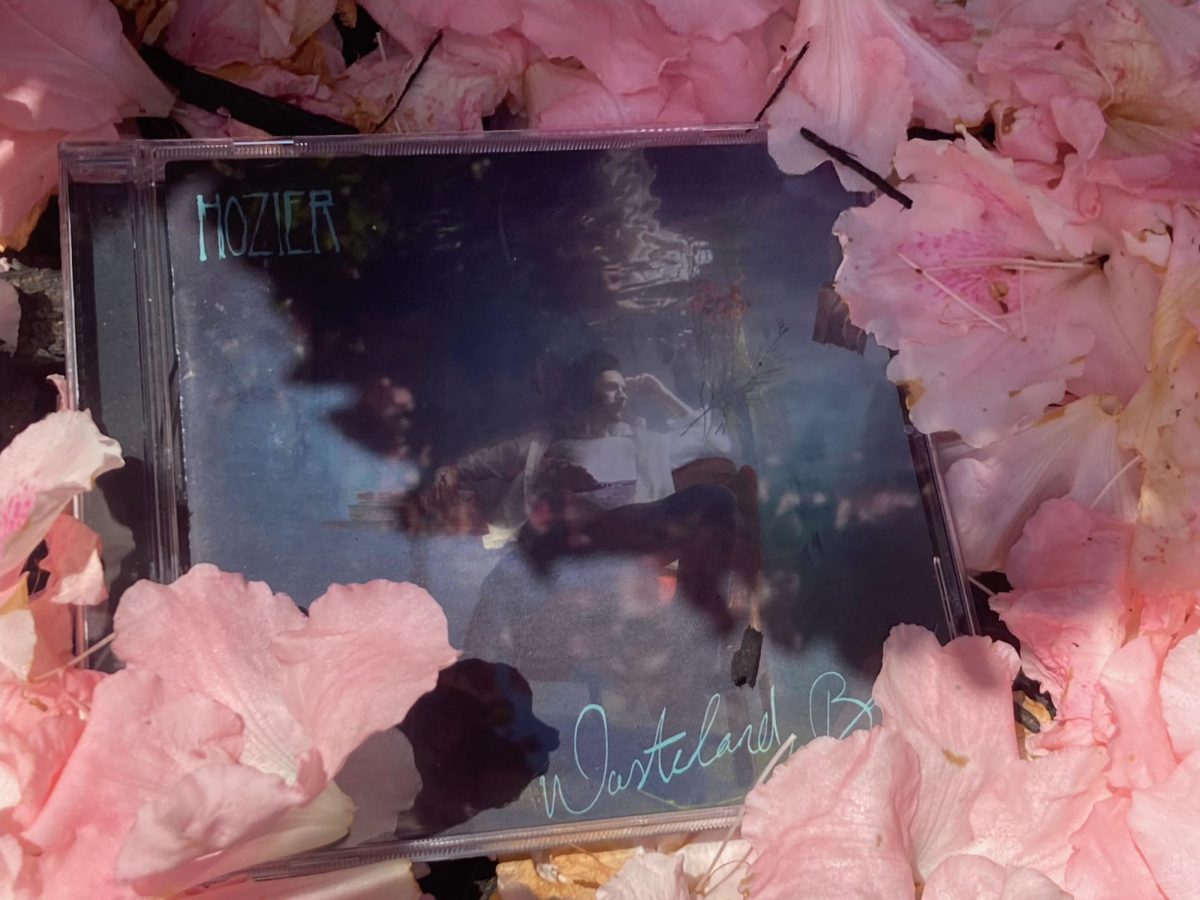


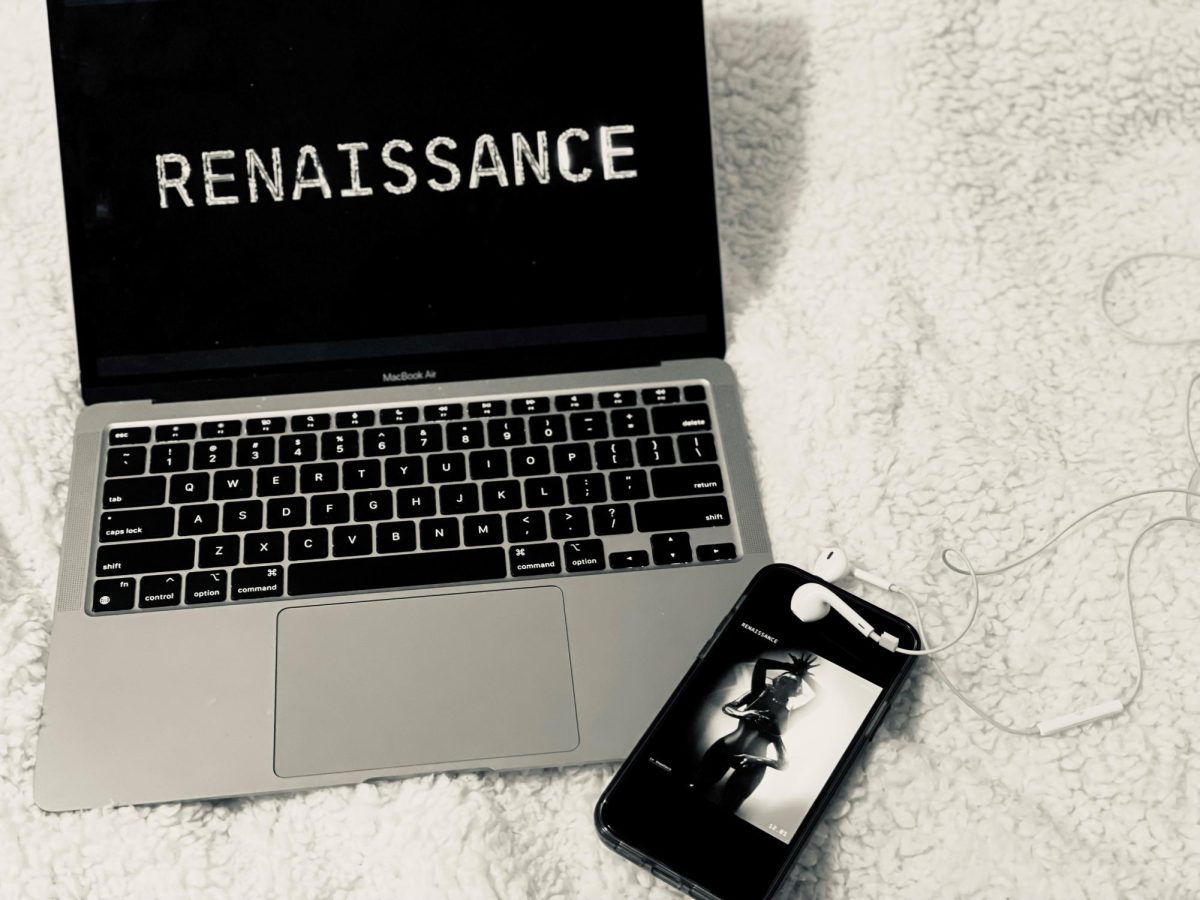
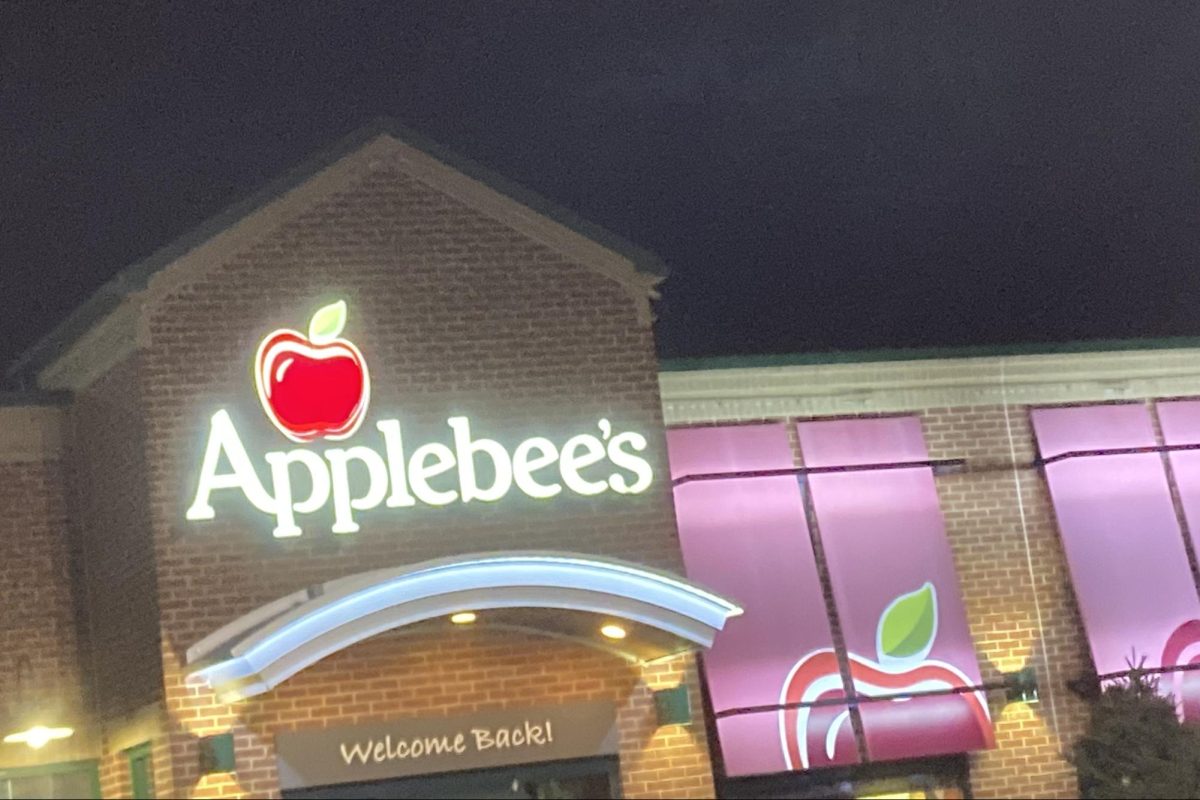
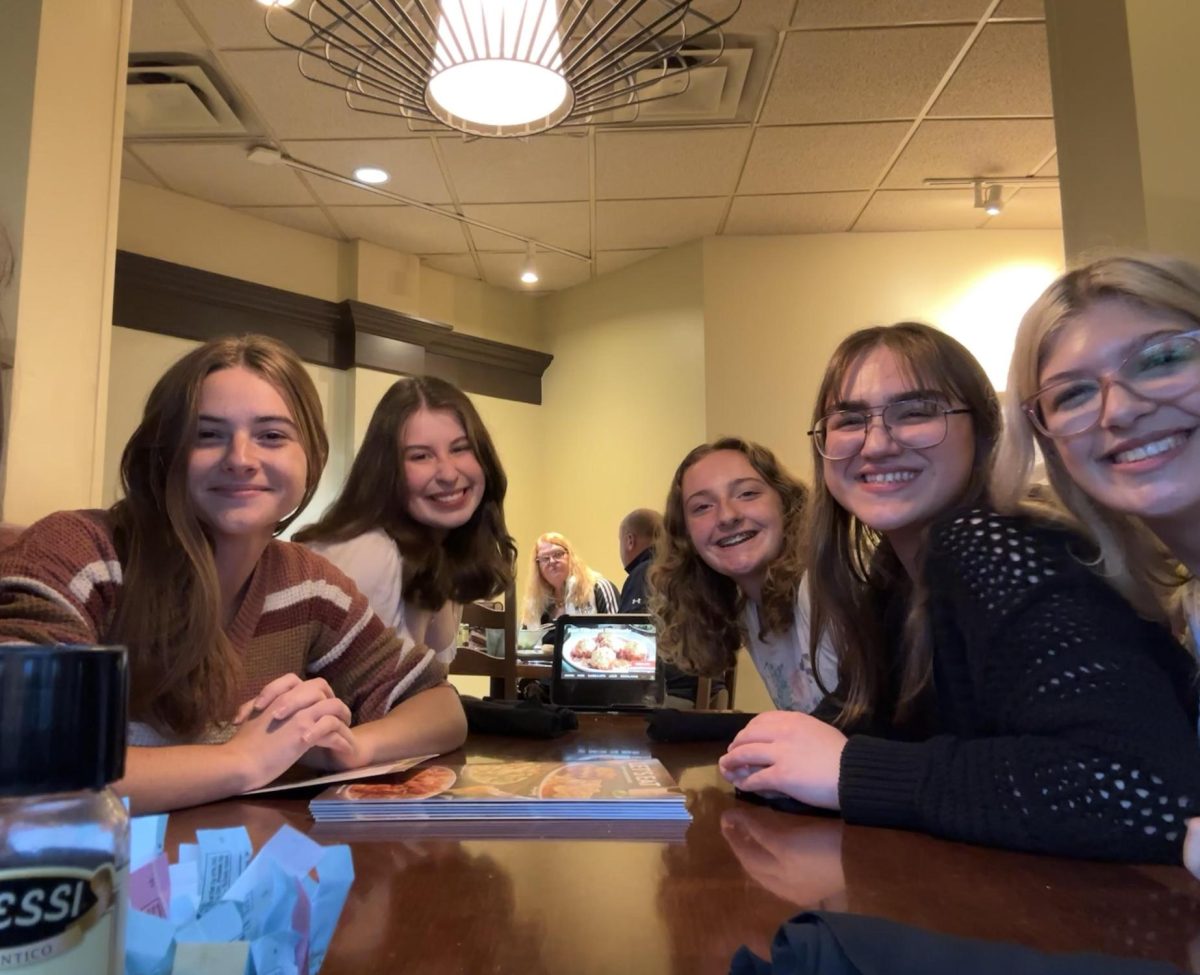







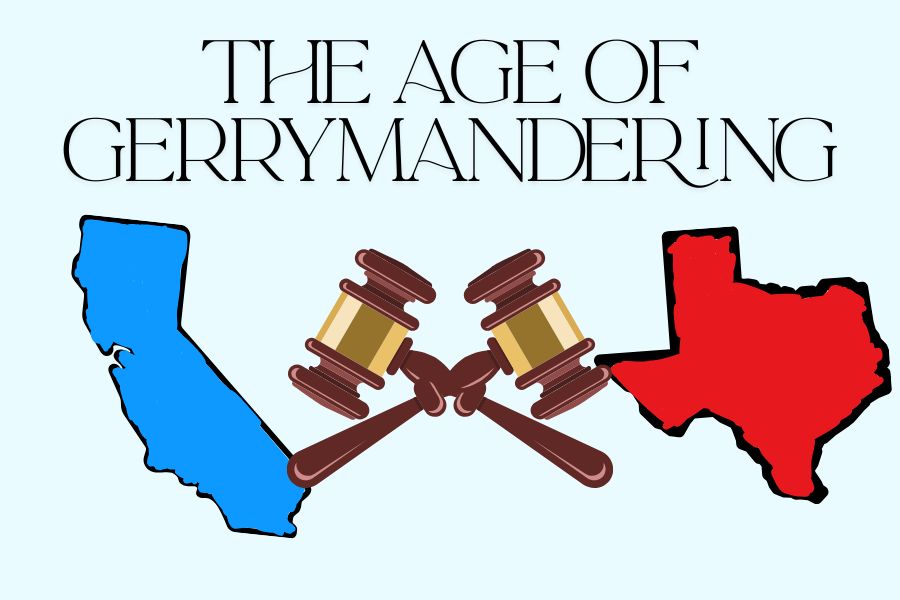
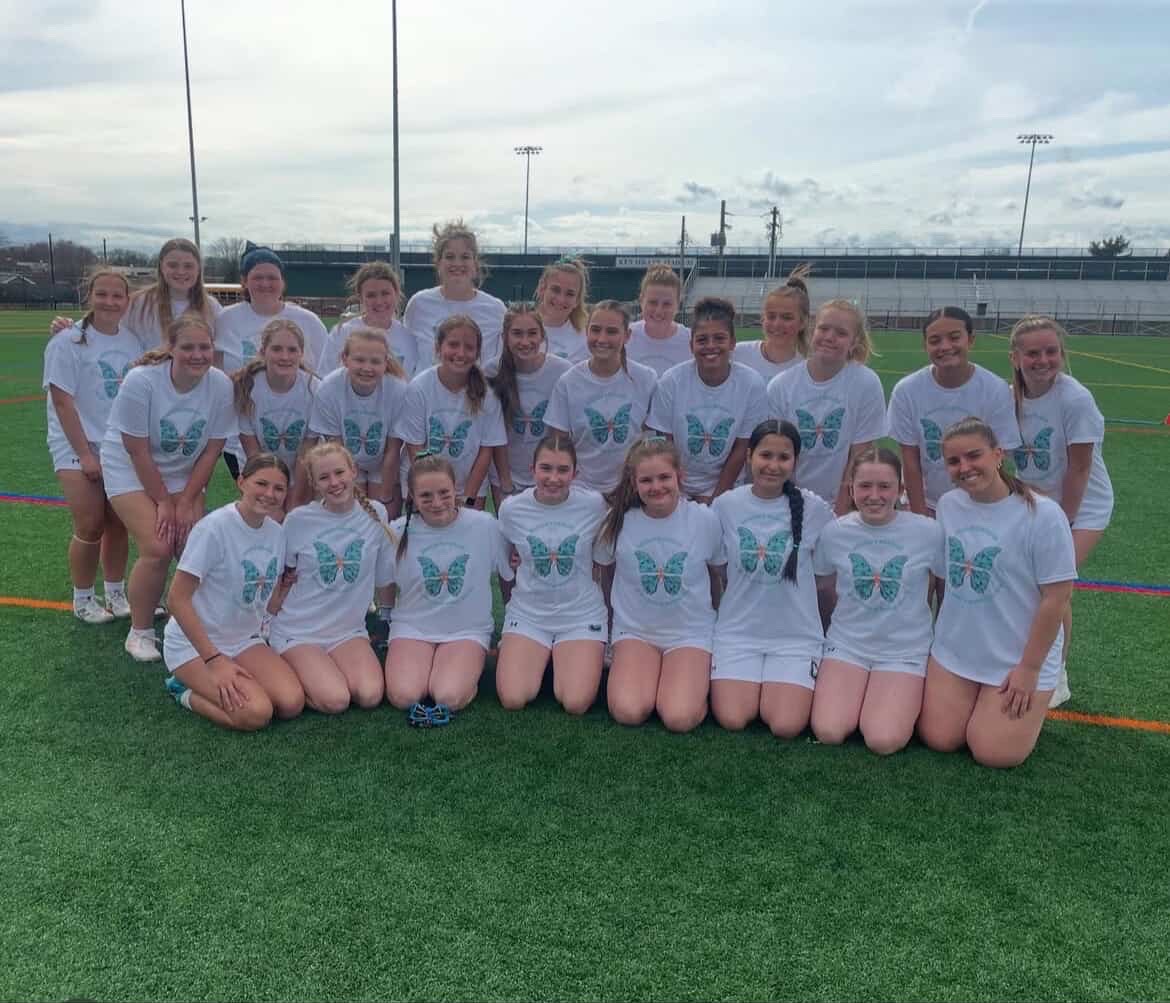

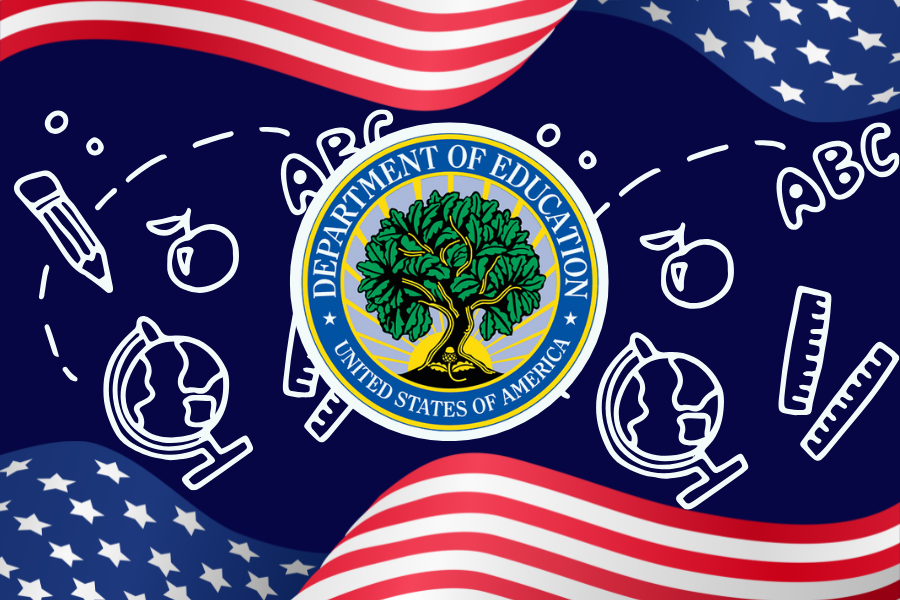



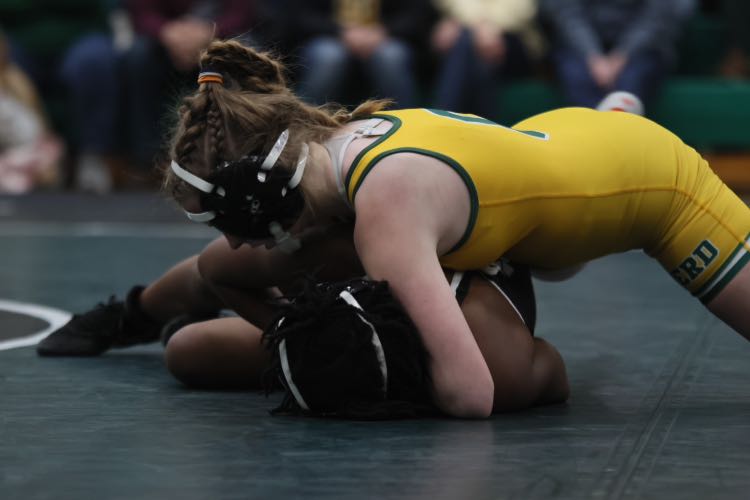
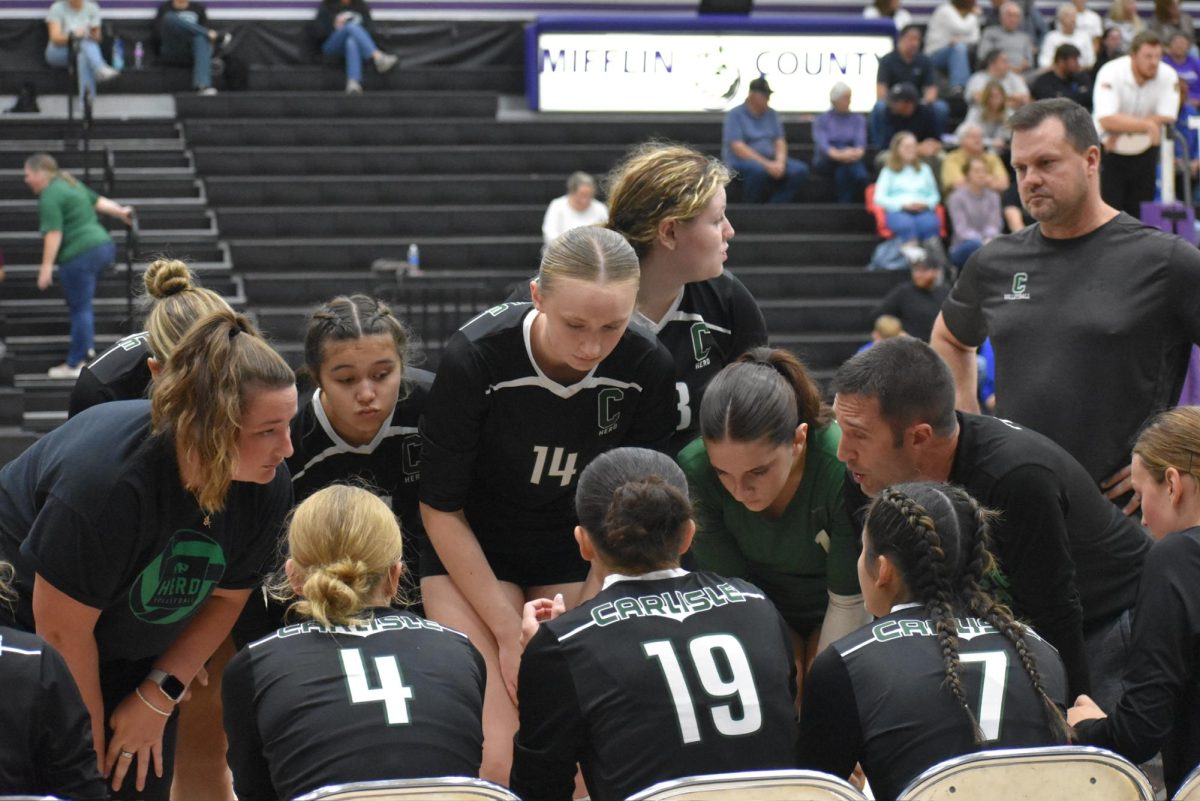

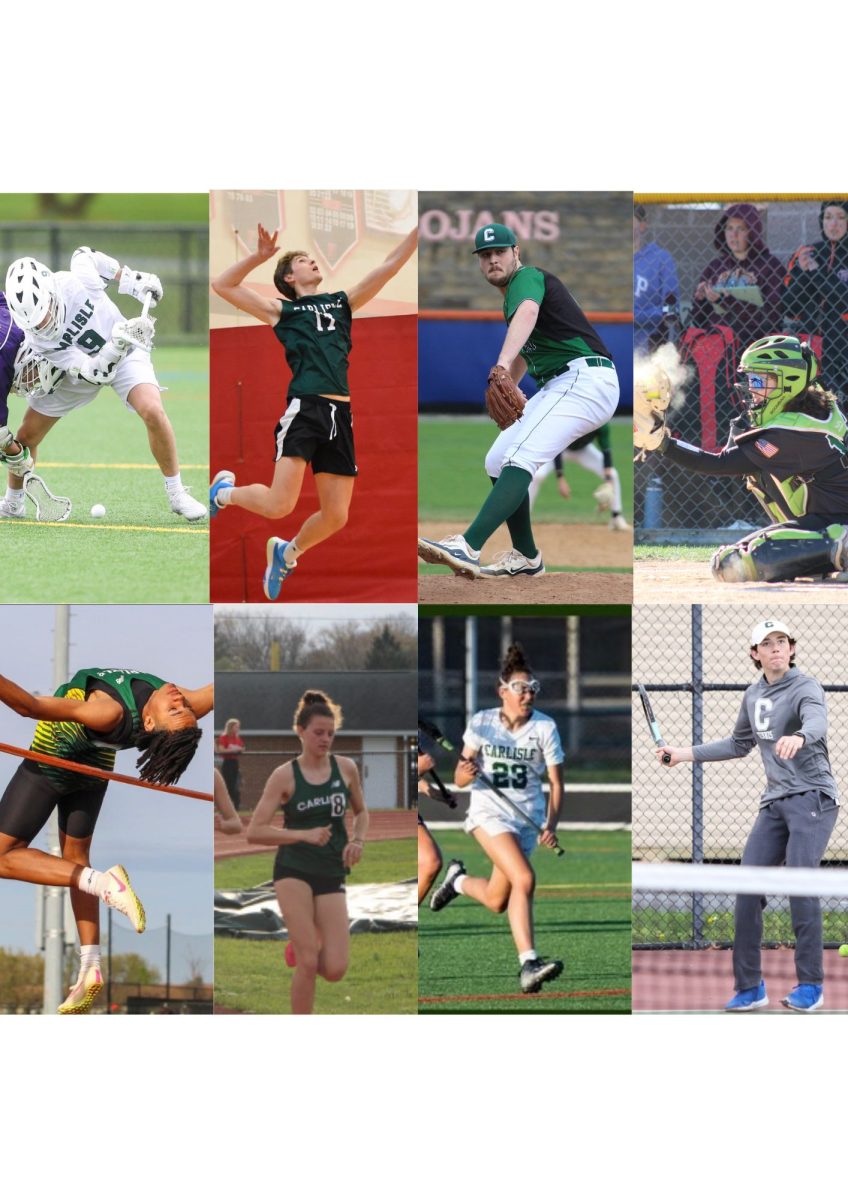


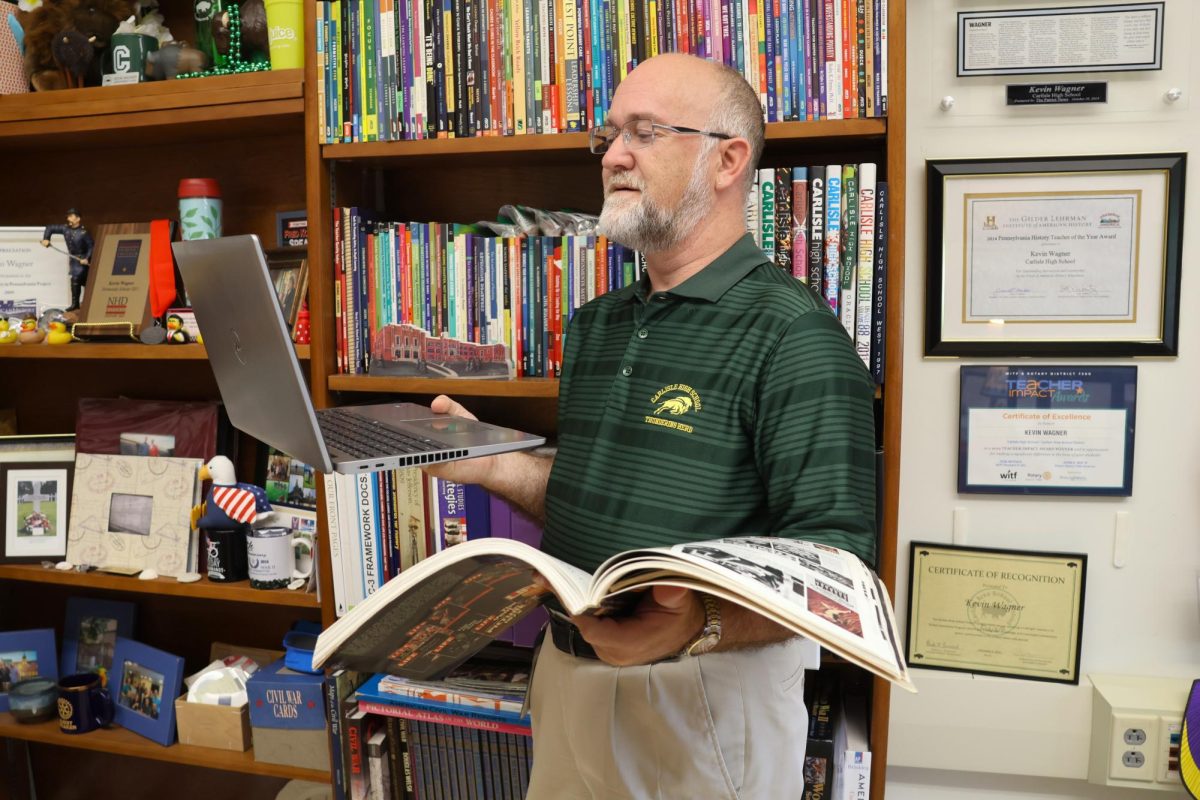

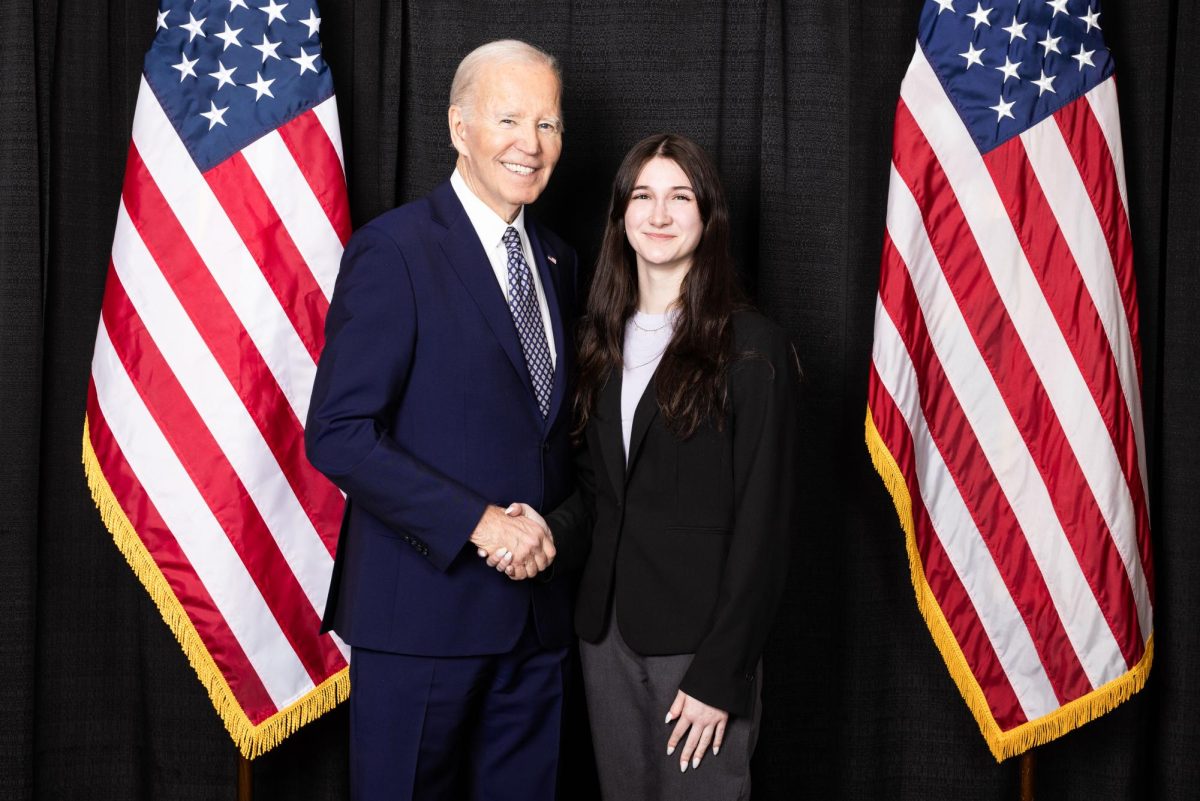



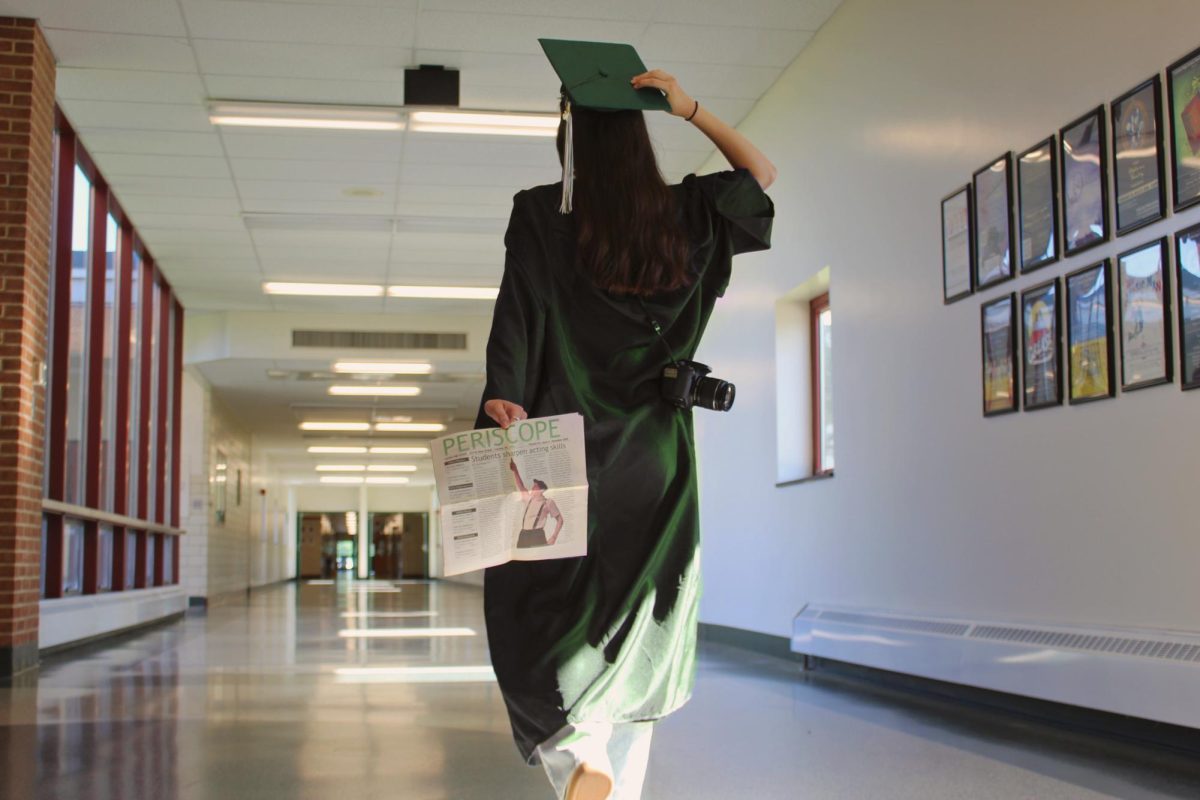




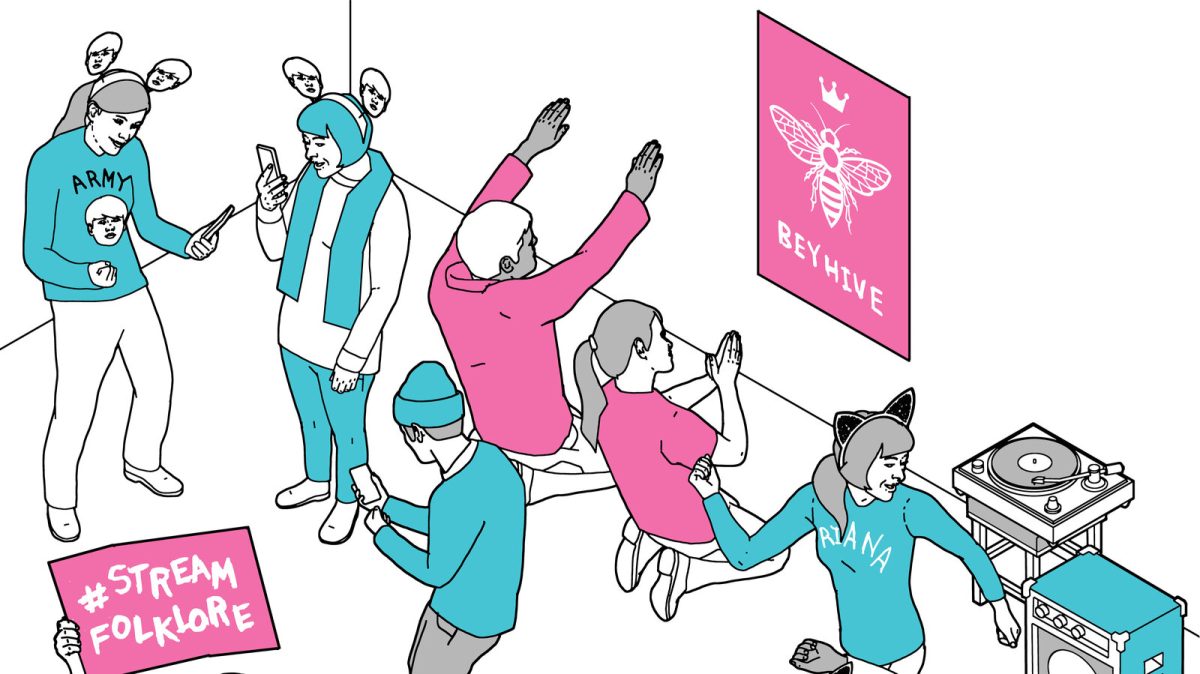
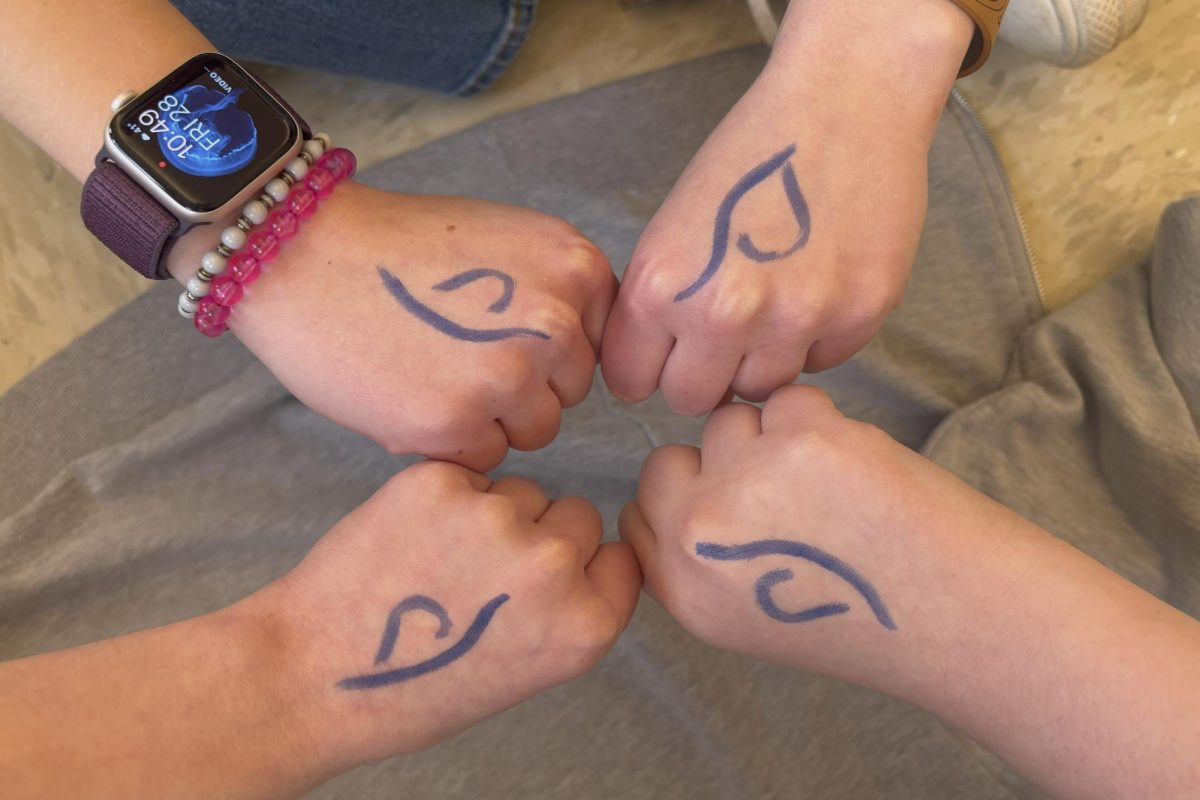

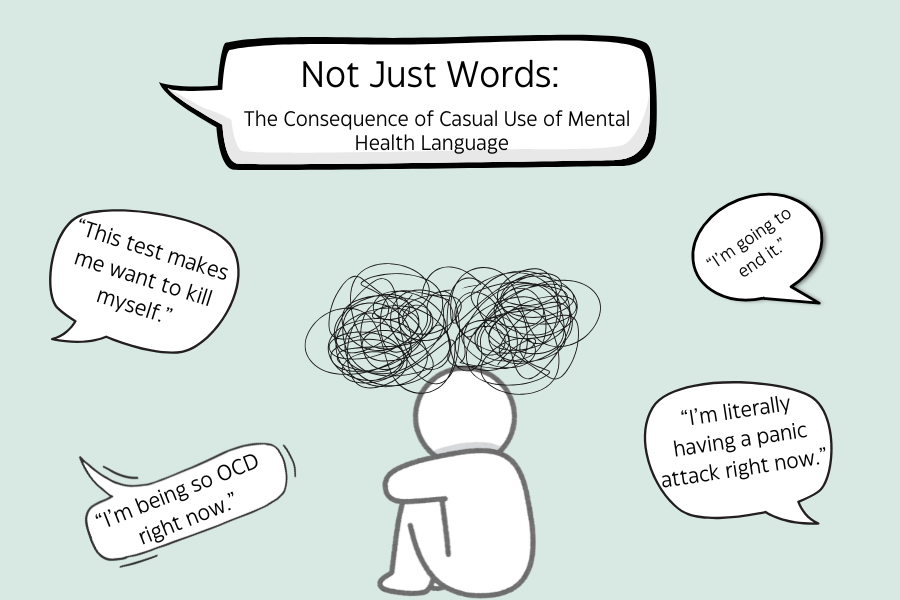

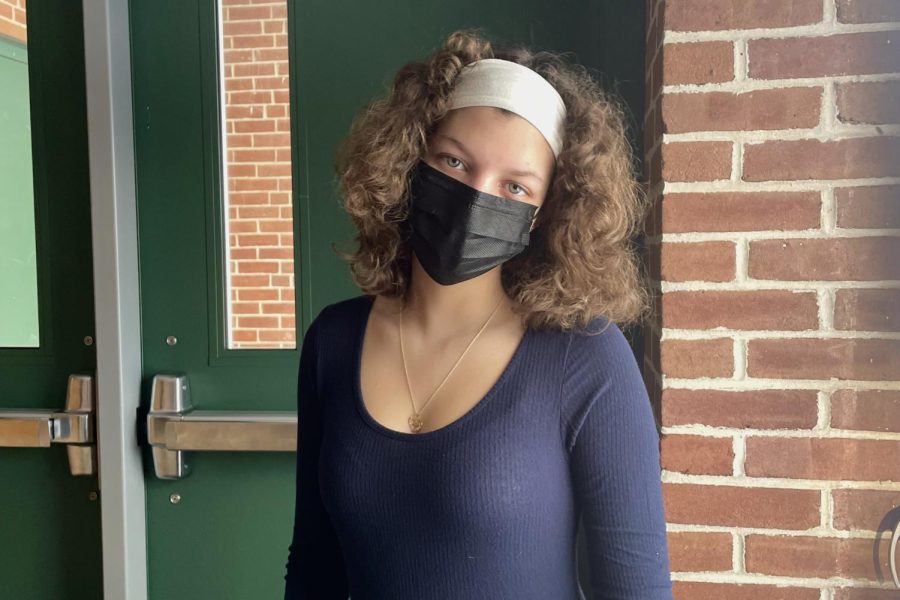

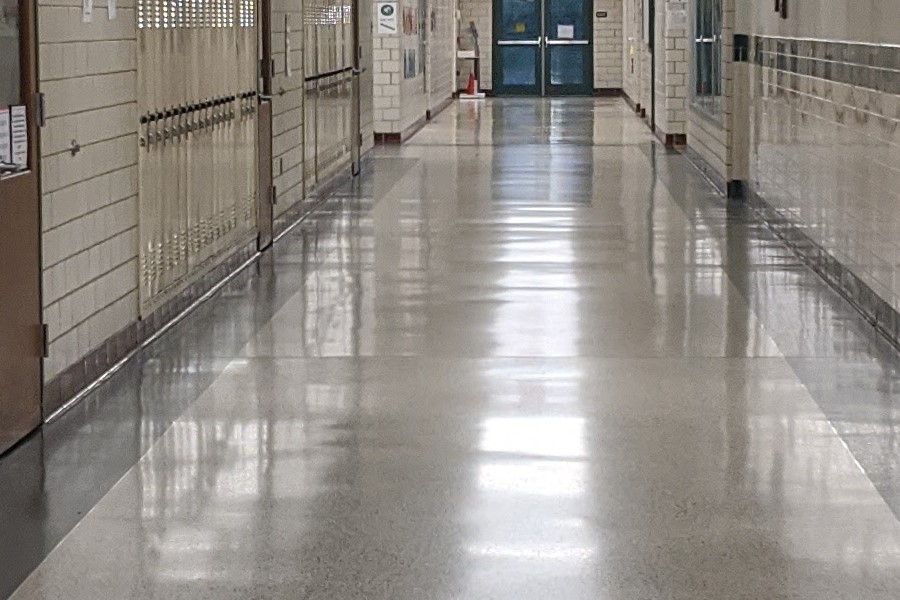
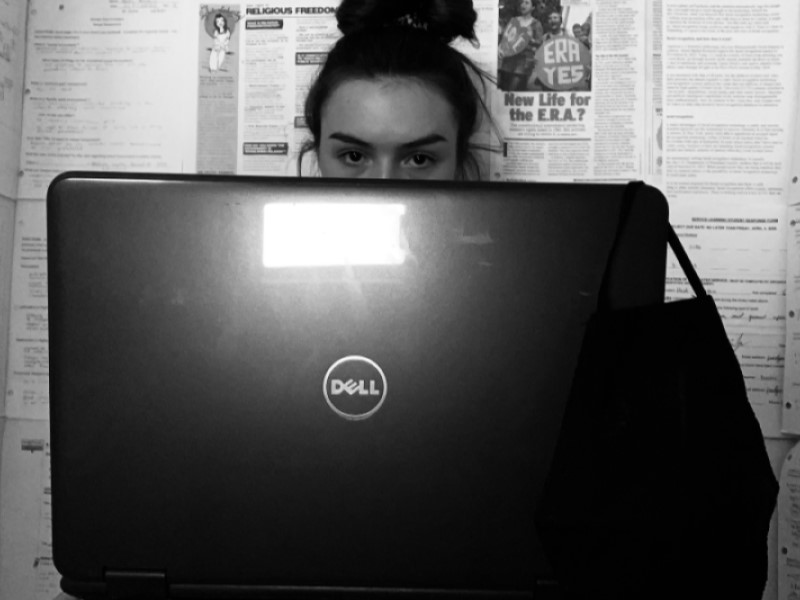
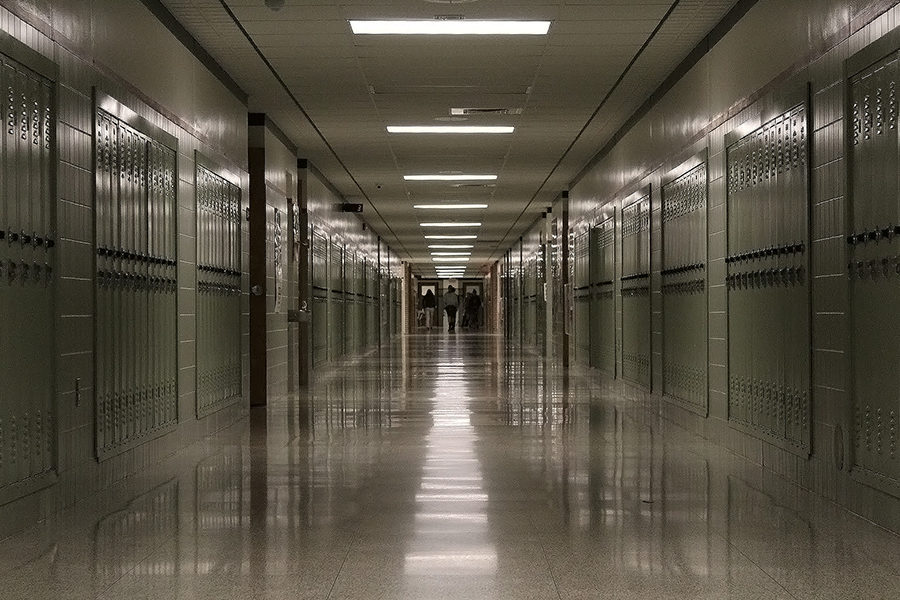



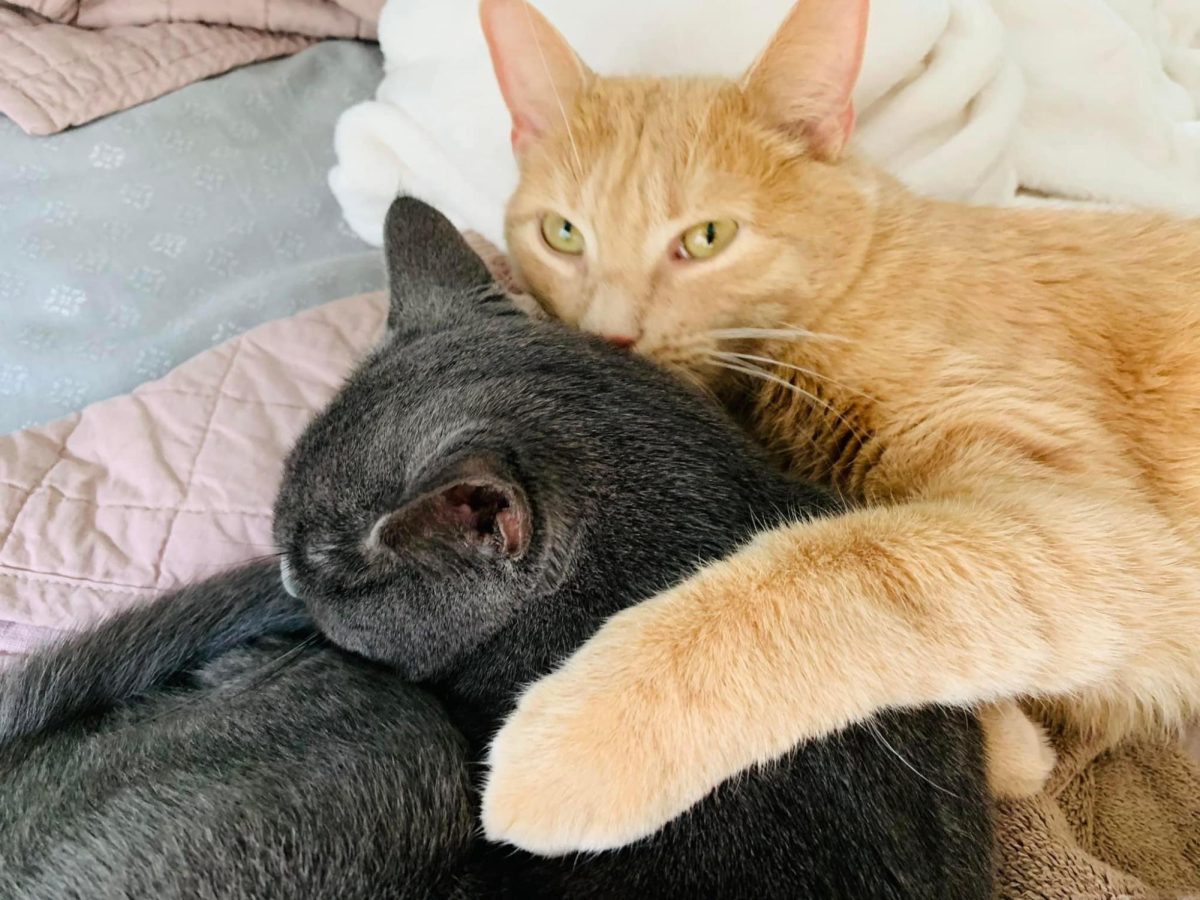

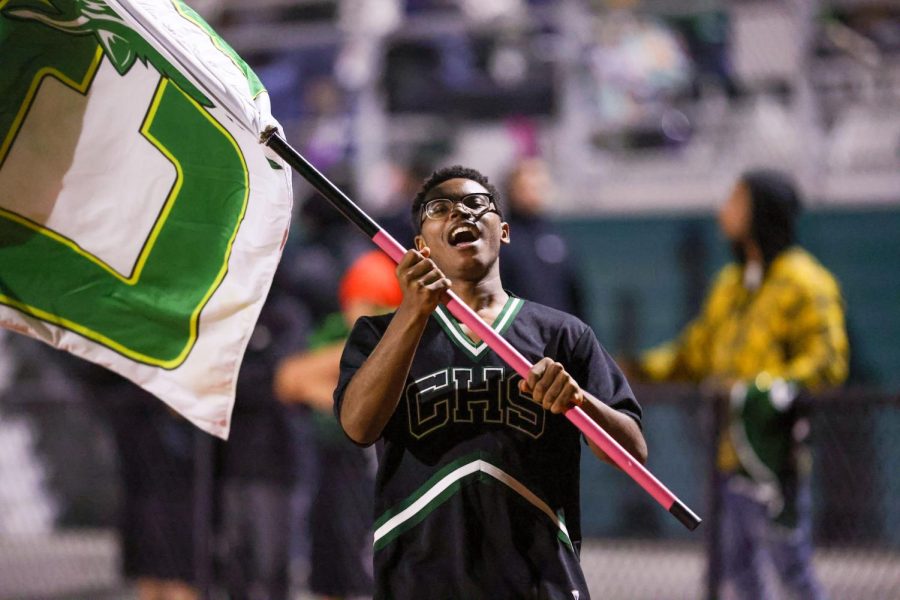
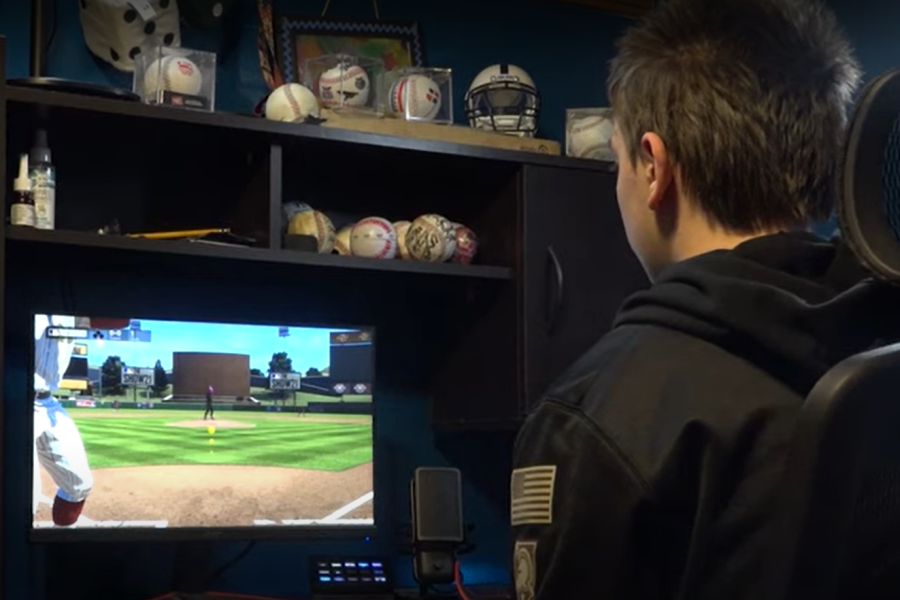

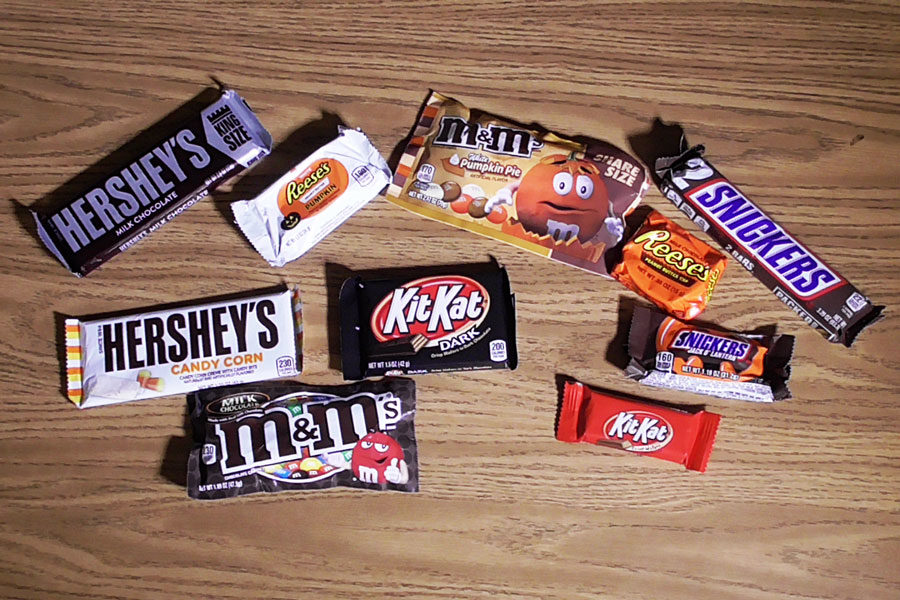

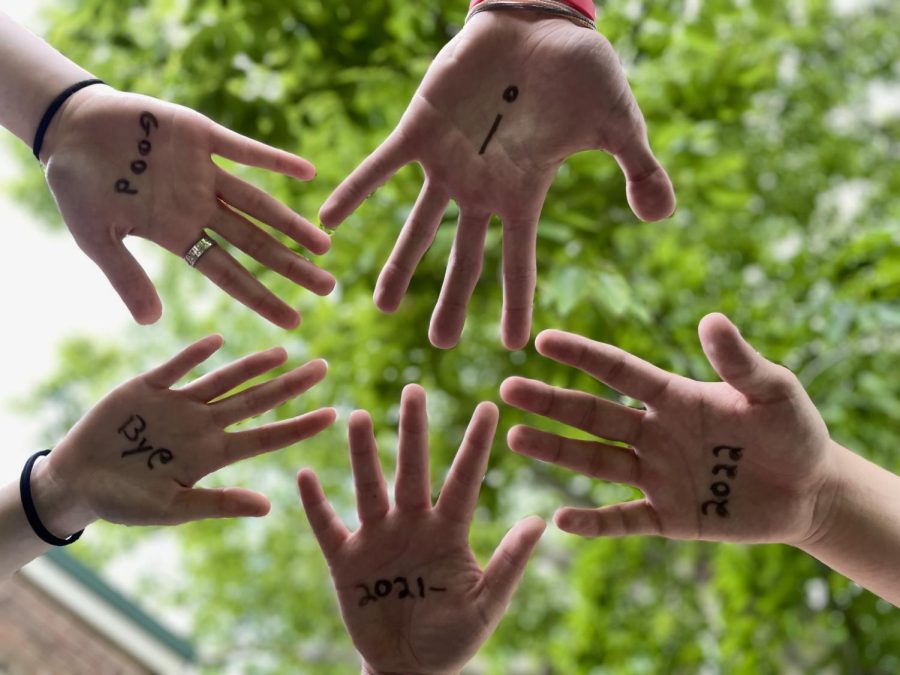
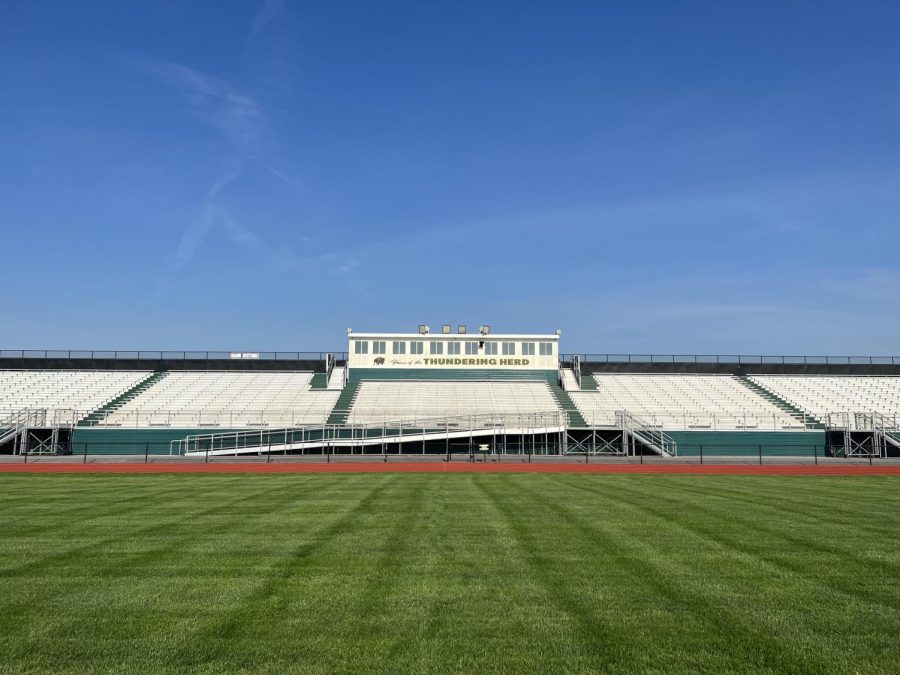

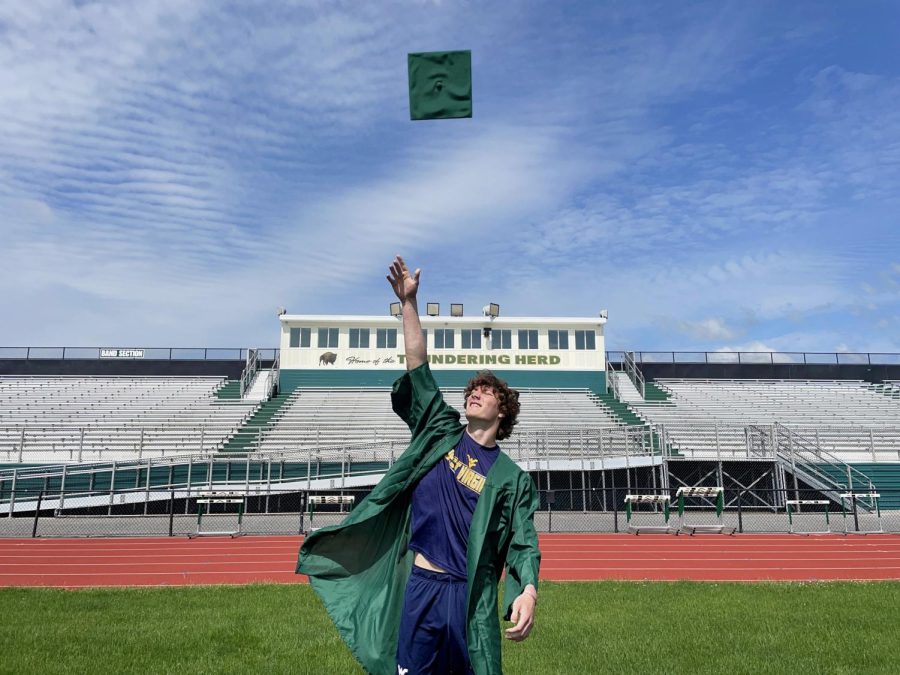
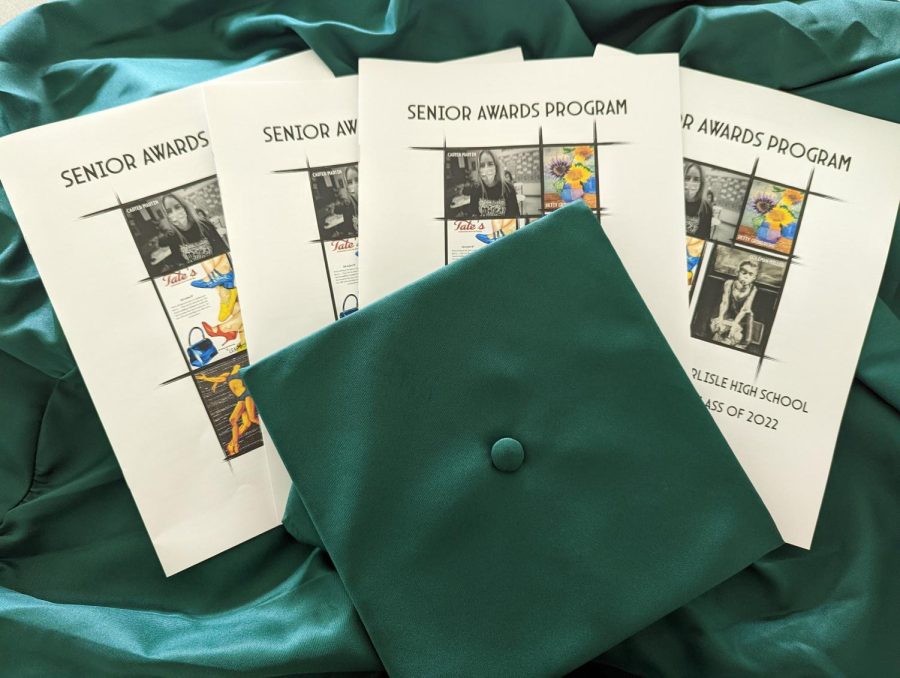
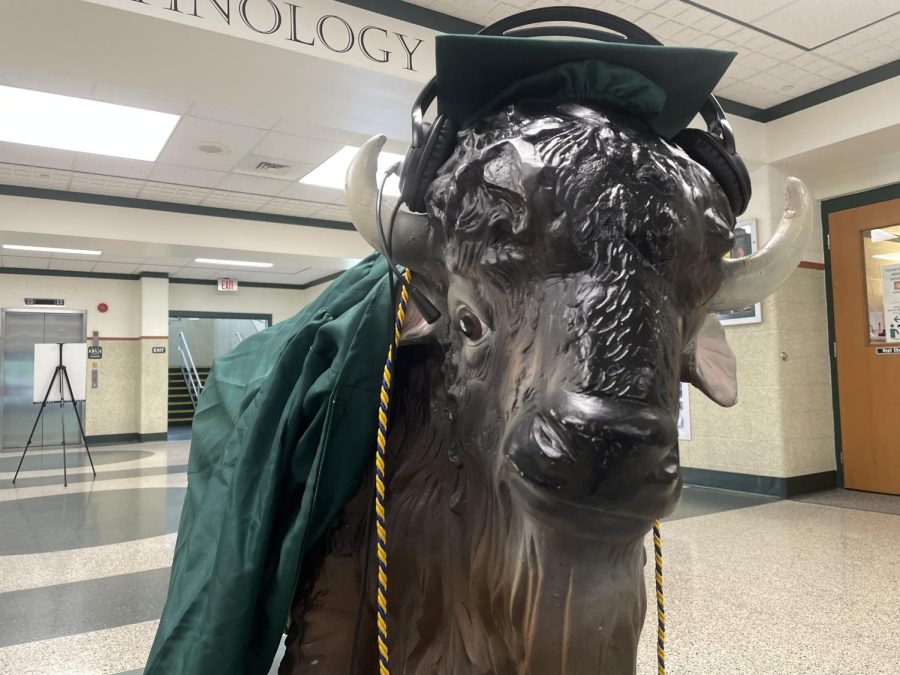

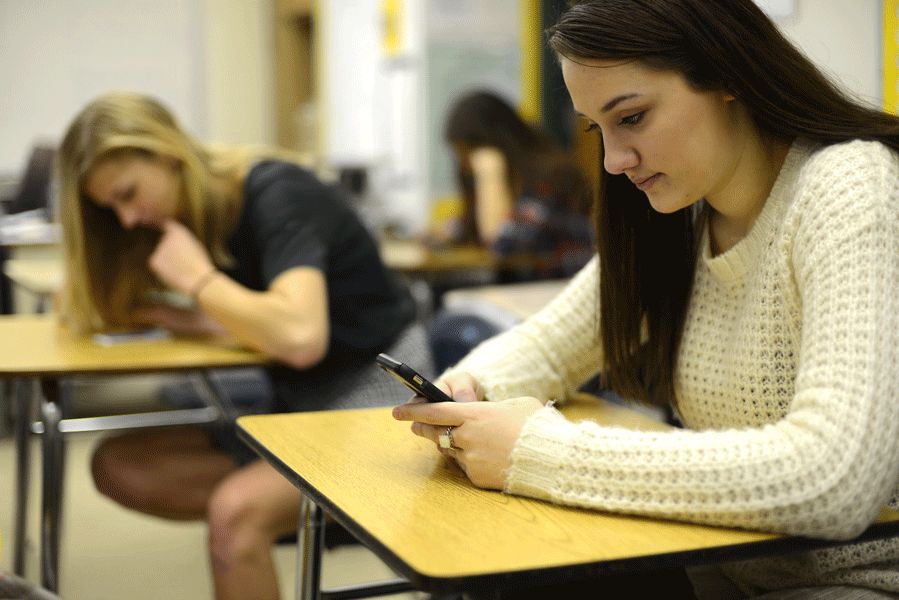
twni berg • Mar 16, 2021 at 12:34 pm
In my opinion, I feel like at schools. they make phones too much of a big deal. they make it seem as if they are the worst thing in the world.
children are more focused knowing that they can see their phones. teachers go on their phones to check them, see what’s going on in the world. then take students phones because they are on it. in my opinion, if they dont want phones out at all. dont have yours out.
Kaelan Felknor-Edwards • Jan 15, 2016 at 11:50 am
I agree with the writer that a ban on cellphone usage in the hallways and lunchroom is illogical. If students choose to use their phones in the very limited free time they are allowed during the school day how can it hurt to indulge them? While cellphones in classrooms can become an issue, the bottom line is that it is very hard for a teacher to catch every cellphone violation.
Charles Willis • Jan 14, 2016 at 7:20 pm
I think it would be silly to ban cell phone usage in the hallways or lunchroom. However, I do believe that cell phone usage in the classroom is distracting for the user and those around them. Plus, I find it as a sign of lack in respect for a teacher if a student decides to whip their phone out in the middle of a class. I do not use my phone until the teacher is done teaching the lesson.
Emma Bateman • Jan 14, 2016 at 8:36 am
I think that banning them from the halls and cafeterias a little silly because it doesn’t matter as much — students don’t need to be learning at that moment and it isn’t disrespectful to teachers when they are just in the hall. I like that teachers can decide when students can use their phones.
Sarah Frick • Dec 27, 2015 at 3:18 pm
(Knowing from personal experience) the only harm I could see from having cellphones out in the hallway is not paying attention and ramming into another individual. However, there are way more positives to cellphone use during school hours than banning them for their convience and easy accessible internet capability.
Madi Clepper • Dec 21, 2015 at 9:46 am
I think having cell phones out in class isn’t a big deal. some say it may causes a distraction but in Psychology I learned that it’s more a distraction if you cant have it out because you’re thinking about, and thinking about who texted you and what you’re going to say back, so you’re not paying attention to the teacher or what he/she is teaching, you’re paying attention to your phone and if you had it at you could send the text, get it out of the way and go back to paying attention.
Micaela Moffatt • Dec 14, 2015 at 12:56 pm
I feel that if a student has their phone out in class it can only have negative effects on them, so if they choose to have them out, get a bad grade then it is their own fault.